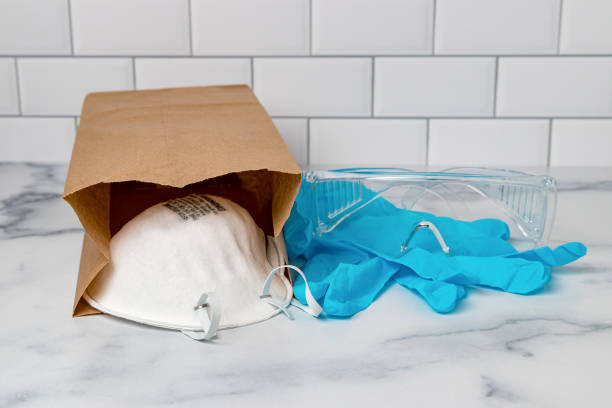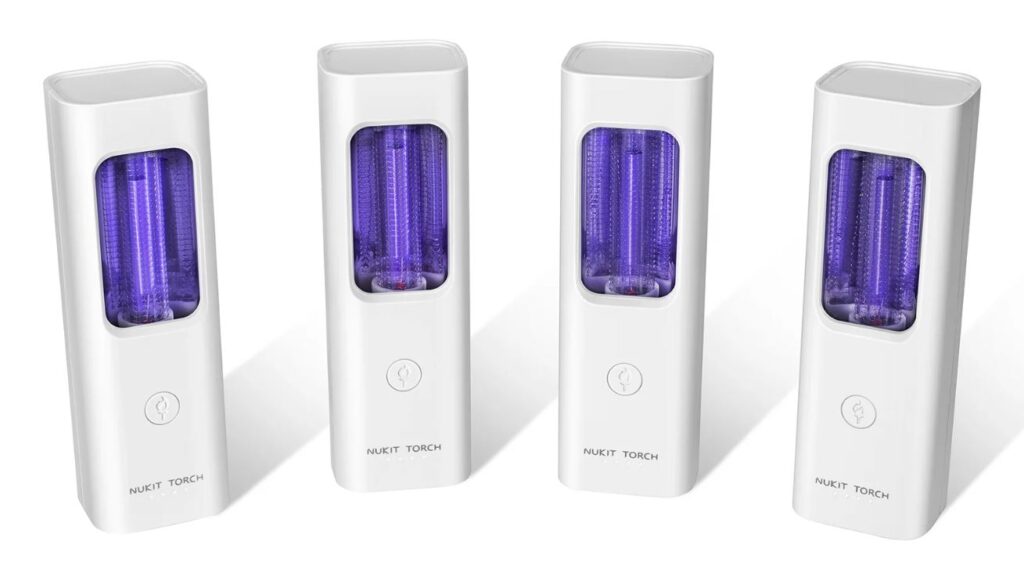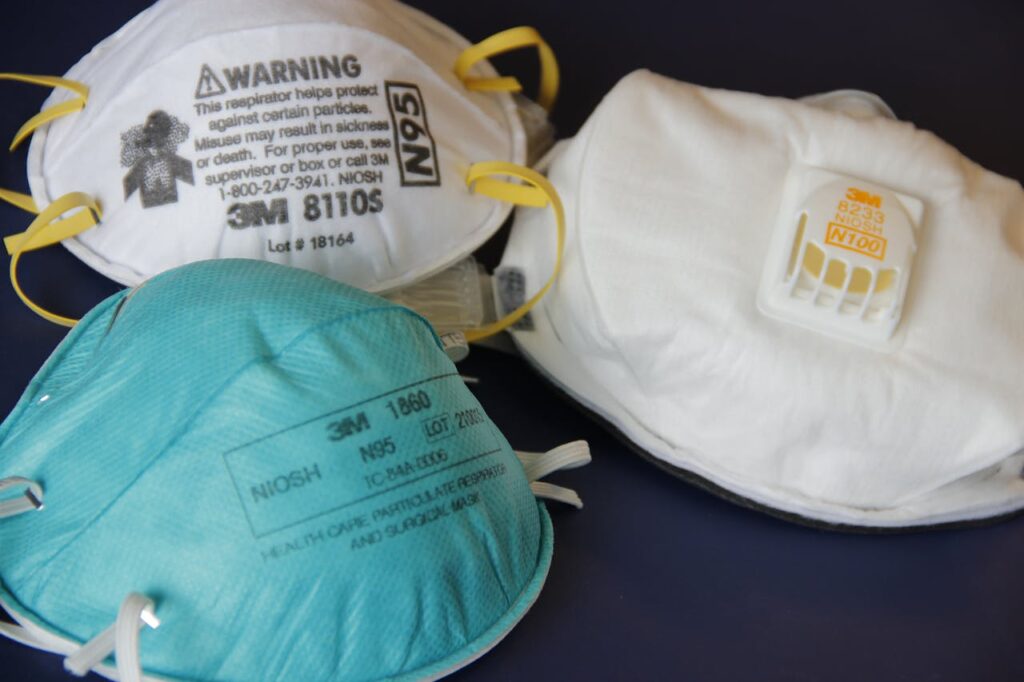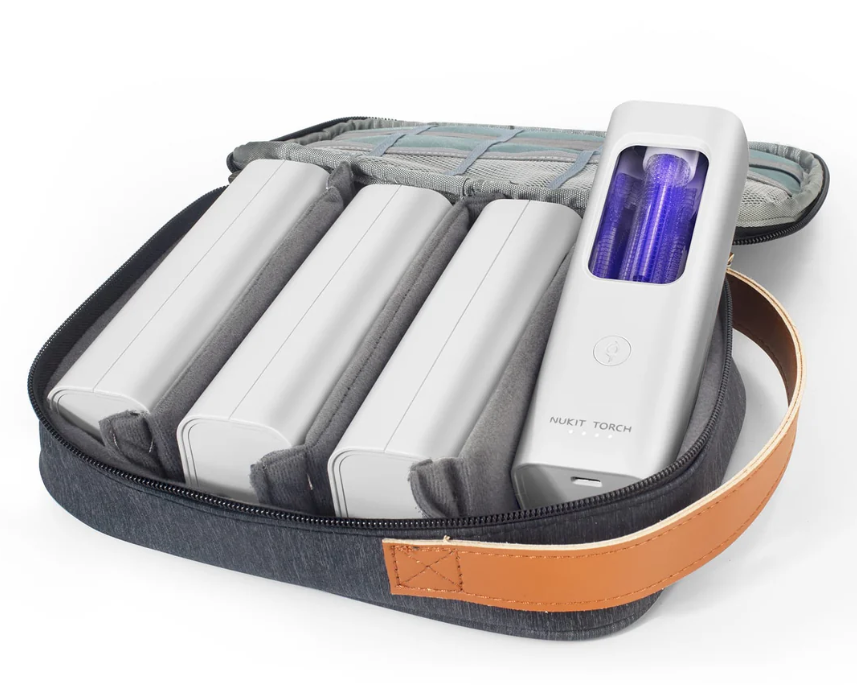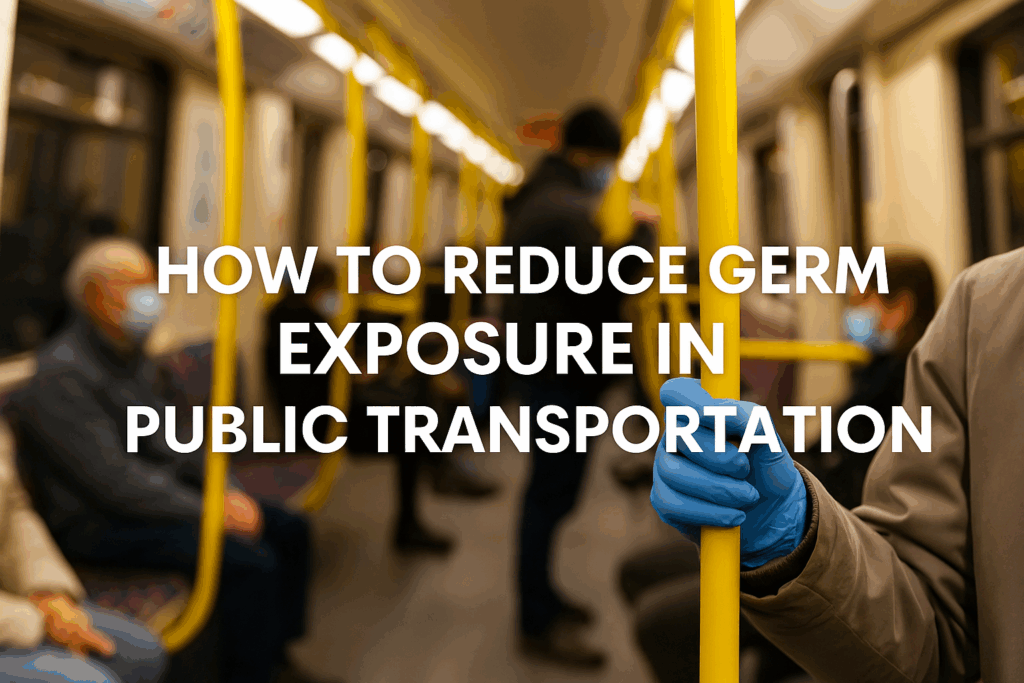N95 and KN95 masks provide high levels of filtration and protection against airborne particles, making them essential for reducing the spread of infectious diseases. However, due to supply shortages or cost concerns, many individuals seek ways to safely extend the usability of these masks. While N95 and KN95 masks are designed for single use, certain decontamination and storage methods can help maintain their effectiveness over multiple wears without compromising safety.
Understanding N95 and KN95 Mask Filtration
Both N95 and KN95 masks use electrostatic filtration to trap airborne particles, including viruses and bacteria. However, repeated exposure to moisture, oils, and physical damage can degrade their filtering capacity. Safe reuse strategies must avoid compromising the mask’s structure, fit, and filtration ability.
Safe Methods for Reusing N95 and KN95 Masks
1. Rotation Method
A simple and effective method to extend mask usability is rotating between multiple masks.
- Use a minimum of five masks in a rotation cycle.
- After each use, store the mask in a breathable paper bag or mesh container.
- Allow at least 48–72 hours between uses to ensure any viral particles degrade naturally (Fischer et al., 2020).
2. Dry Heat Decontamination
Applying dry heat at controlled temperatures can deactivate viruses without damaging filtration efficiency.
- Place the mask in an oven at 70°C (158°F) for 60 minutes (Lindsley et al., 2021).
- Use a clean, heat-safe container or suspend the mask to prevent direct contact with surfaces.
- Avoid exceeding temperatures that could degrade the mask’s structure.
3. Vaporized Hydrogen Peroxide (VHP) Treatment
VHP decontamination is an effective method used in healthcare settings.
- It inactivates viruses while preserving mask integrity (Smith et al., 2021).
- Unfortunately, this method is not readily available for home use but may be an option for institutions.
4. UV-C Light Disinfection
UV-C light can inactivate pathogens on mask surfaces without affecting filtration.
- Exposure to 254 nm UV-C light for 30 minutes is effective (Cadnum et al., 2020).
- Ensure even exposure by positioning the mask appropriately.
- Avoid excessive UV-C exposure, which may weaken mask materials.
Methods to Avoid
Certain methods can damage mask filtration and should be avoided:
- Washing with soap and water – Destroys the electrostatic charge essential for filtration.
- Alcohol or bleach sprays – These chemicals degrade mask material and reduce protection.
- Microwave sterilization – Can cause sparks and damage masks containing metal components.
Checking for Mask Integrity
Before reusing a mask, perform the following checks:
- Visual Inspection: Look for tears, stretched ear loops, or deformed nose wires.
- Fit Test: Ensure a snug fit with no air leakage around the edges.
- Breathability Test: If breathing resistance increases, the mask may be compromised.
Conclusion
While N95 and KN95 masks are intended for single use, safe decontamination and storage techniques can extend their usability without sacrificing protection. Rotation, dry heat, UV-C light, and vaporized hydrogen peroxide are among the most effective methods. However, masks should be discarded if they become damaged, lose fit, or have reduced breathability. Practicing safe reuse can help maximize protection while reducing waste and costs.
References
Cadnum, J. L., Li, D. F., Redmond, S. N., et al. (2020). Effectiveness of ultraviolet-C light and a high-level disinfection cabinet for decontamination of N95 respirators. Pathogens and Immunity, 5(1), 52-67. https://doi.org/10.20411/pai.v5i1.372
Fischer, R. J., Morris, D. H., van Doremalen, N., et al. (2020). Assessment of N95 respirator decontamination and re-use for SARS-CoV-2. The Lancet Infectious Diseases, 20(8), 884-895. https://doi.org/10.1016/S1473-3099(20)30368-6
Lindsley, W. G., Blachere, F. M., McClelland, T. L., et al. (2021). Efficacy of an oven-based heat treatment for decontaminating N95 respirators. Journal of Applied Microbiology, 130(4), 1304-1312. https://doi.org/10.1111/jam.14812
Smith, J. S., Hansler, M., Melton, B. M., et al. (2021). Vaporized hydrogen peroxide as a potential decontamination method for N95 respirators in response to COVID-19. Environmental Science & Technology Letters, 8(5), 416-422. https://doi.org/10.1021/acs.estlett.1c00286
